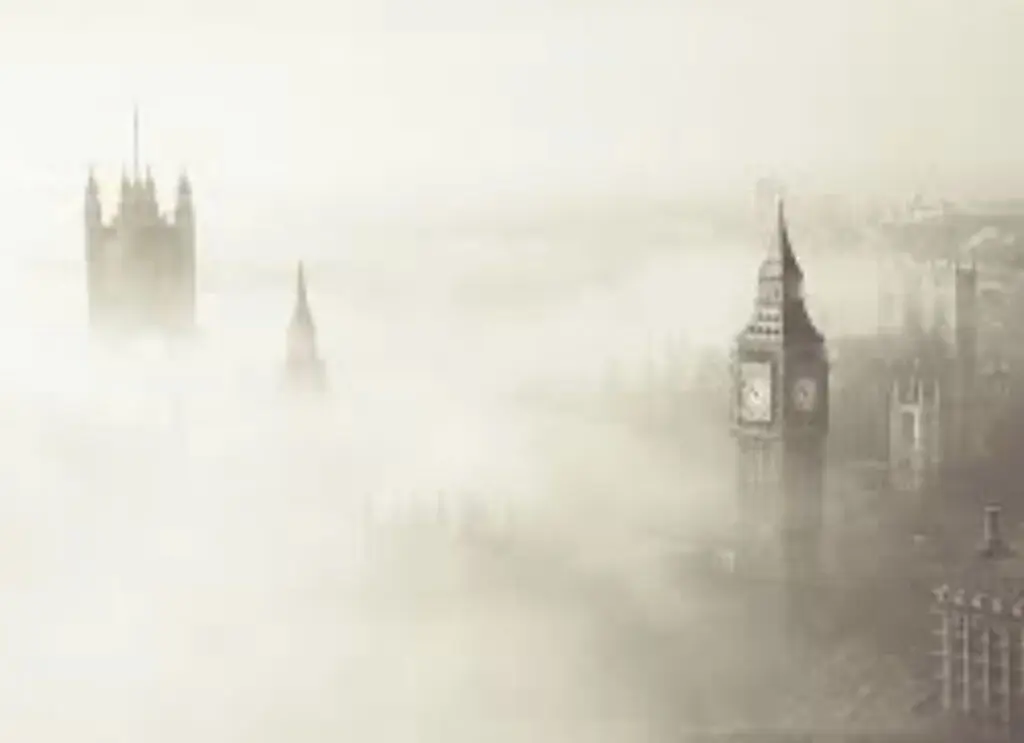The Weekly Reflektion 34/2023
Society may accept that a few people die every day as result of accidents and incidents that could actually have been avoided. Even though the sum of these fatalities may be high on a yearly basis there is no outrage factor that drives the change that is required. When all these people die in a single day or single event then there is a public outcry and calls for action. The authorities and the politicians snap into action and replace their ongoing apathy with new rules and regulations that contribute to a step change and a significant reduction in fatalities. Hindsight of course gives us the opportunity to criticize and berate, it does not necessarily give us foresight into other potential disasters.

Do you wait for a disaster to happen before you take appropriate action?
The Great Smog of 1952 was a severe air pollution event that affected London in December 1952. A period of unusually cold weather, combined with an anticyclone and windless conditions, collected airborne pollutants to form a thick layer of smog over the city. It lasted from Friday 5 December to Tuesday 9 December 1952, then dispersed quickly when the weather changed. It is estimated that 4000 people died as a direct result of the smog and more than 100 000 became ill due to respiratory problems. Later research into the Great Smog and its aftermath estimated the number of direct deaths may have exceeded 12000.
The main source of the pollution was the burning of coal and emissions from vehicles. Pollutants such as smoke particles, hydrochloric acid, sulphur dioxide and fluorine compounds mixed with the thick fog, produced a dangerous smog. It was estimated that over 800 tonnes of sulphuric acid were produced in the atmosphere over London every day.
At the time there was no significant panic in the city as people were used to the smog even though this one was particularly dense. We have previously written Reflektions on normalisation of deviance and our tendency to soldier on and ignore seemingly obvious dangers. Even when the smog found its way inside and led to cancellation of concerts and film screenings there was no significant reaction at the time.
Only when the smog had lifted, and the death toll became known was there an outcry and a demand for action. The Clean Air Acts of 1956 and 1968 resulted in a significant reduction in air pollution. Financial incentives were offered to replace open coal fires with anthracite (clean coal) stoves and gas and electricity heaters. Major changes were made to industrial systems in particular power stations to reduce emissions of chlorine and sulphur dioxide. These eventually led to a reduction in the UK export of acid rain to the southern areas of Norway. Despite the improvements a further smog event took place in London in December 1962.
An important factor in the drive to put the Clean Air Acts in place was the report from the UK governments Committee on Air Pollution that showed a clear correlation between the pollution and the daily death rate in London. Even though public outcry is significant it may also be short lived. A proper scientific basis for the measures that are required is important to keep the authorities and the politicians focussed on seeing the job through.
